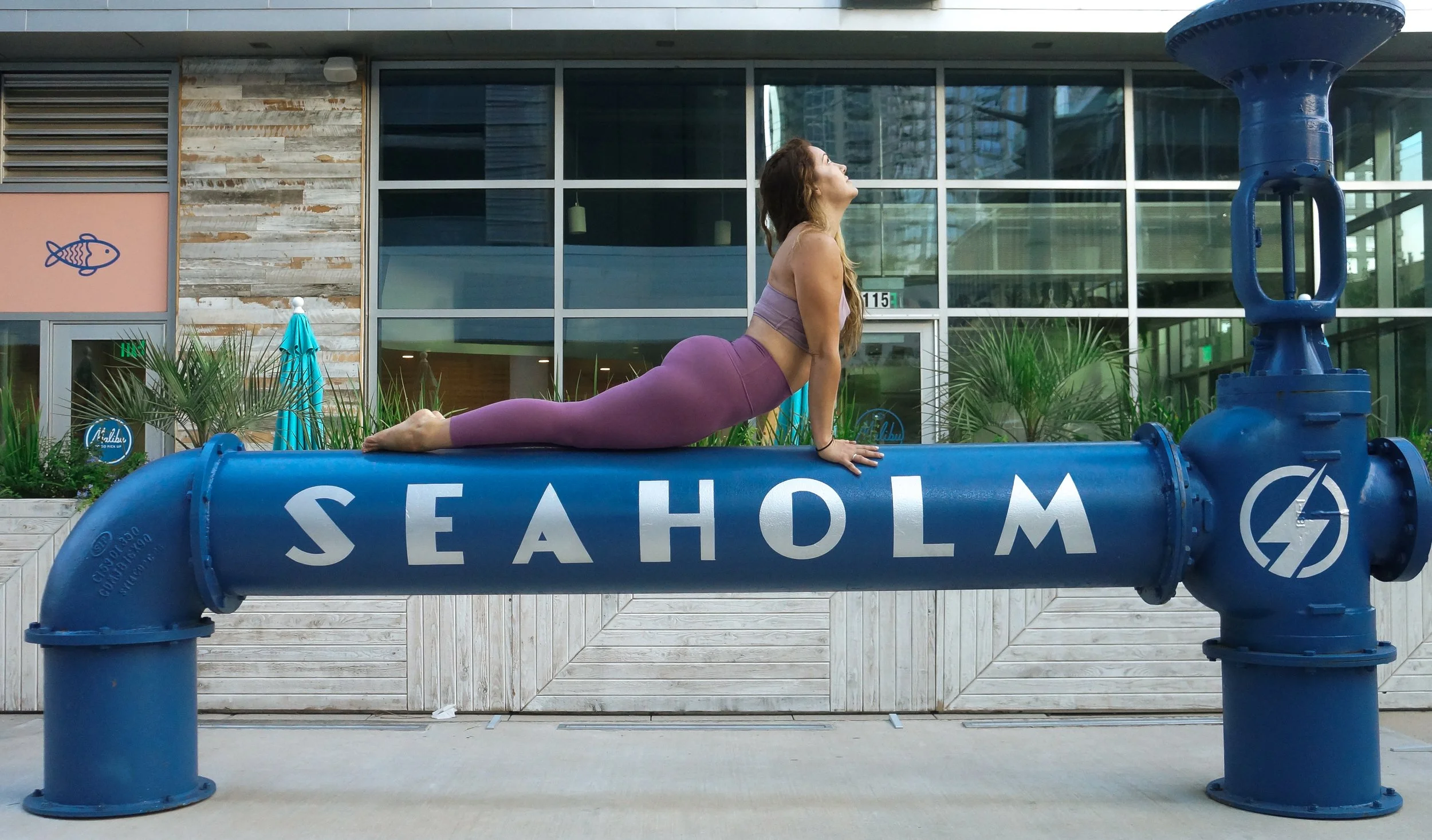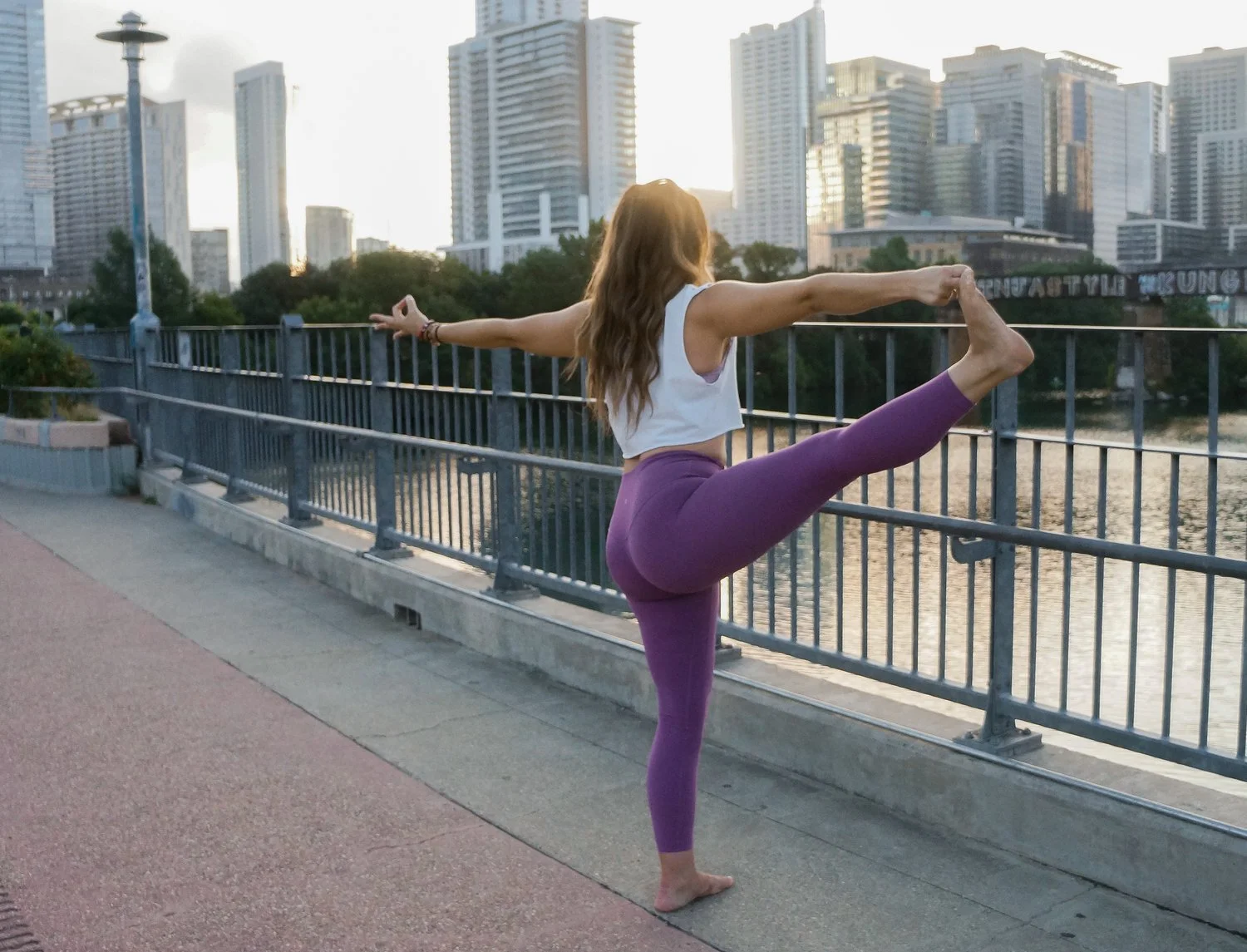yin
yin
Yin yoga is a slower asana practice, with each shape held for 3-5 minutes through the support of props. Rooted in the Meridian Theory and principles of traditional Chinese medicine, yin postures promote the movement of Qi, or vital energy, through a network of channels in the body (meridians.) This practice of deep stretching applies pressure to connective tissue to improve joint flexibility and circulation. Known as a reflective style of yoga, yin offers an easy entry to meditation by connecting the student to their inner stillness.
My personal Yin practice has become an essential tool for managing stress and anxiety. Where vinyasa draws my mind to the dance of breath and body, through an often intense physical experience, yin invites me to the edge of sensation where I explore my thought + body connection. Where does my mind go when I’m asked to lean into the fire? What thoughts occupy my headspace?
As a teacher, I weave a little yin into every practice. I favor vinyin sequences that raise the heartbeat through standing movement and downshift the nervous system with floor shapes, before settling the student into the sweetness of shavasana. The action before inaction feels like a hug to the nervous system and encourages a richly meditative final rest.
Yin is an opportunity to connect with your inner silence and draws awareness to the stillness of the present. It’s a soft balance to the fire practice of vinyasa and conditions the body with functional movement.






